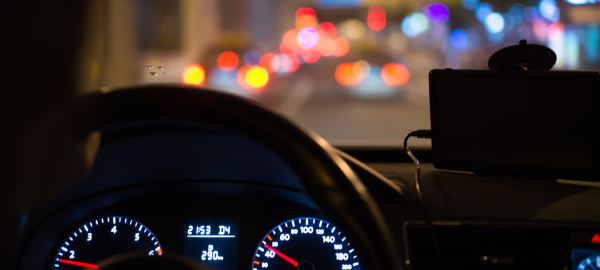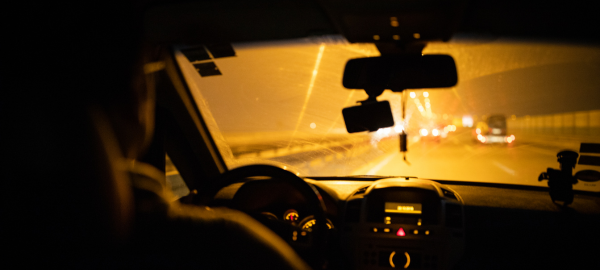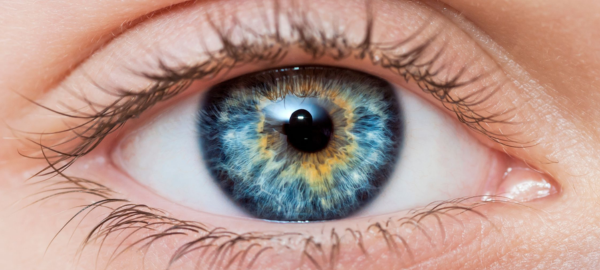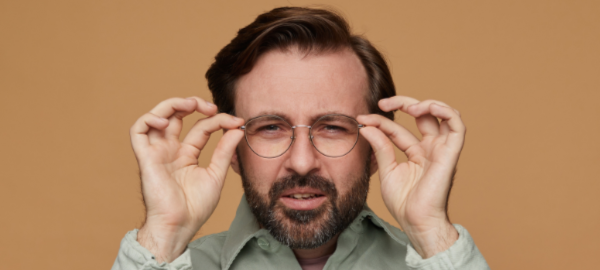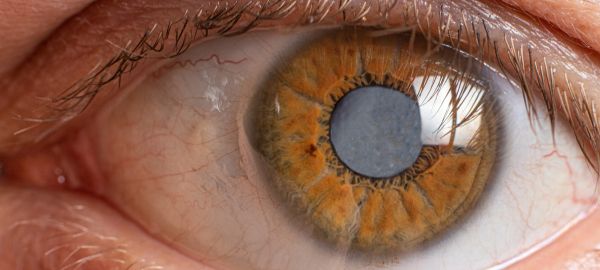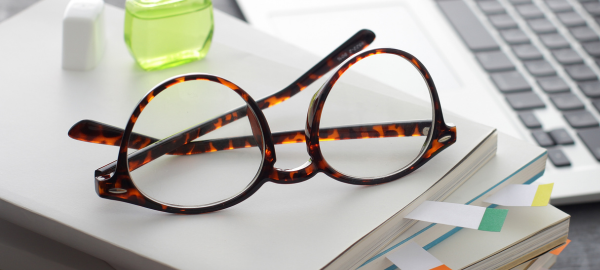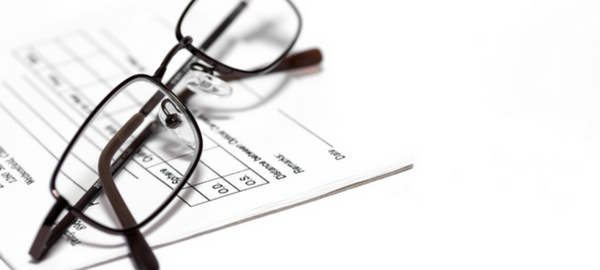Home
/
Home
/
Nose bridge
By Isabella Sara Novack
Reviewed by
Maria Horan FBDO


Reviewed by
Maria Horan FBDOMaria holds a BSc Honours in Ophthalmic Dispensing and has over 17 years of optical experience.
Updated On Nov 01, 2024
Nose bridge - The part of the glasses frame that sits on your nose, connecting the two lenses. A well-fitting nose bridge distributes the weight of the glasses evenly, ensuring comfort and stability. Different styles of nose bridges are available to accommodate various nose shapes and sizes.
Related articles
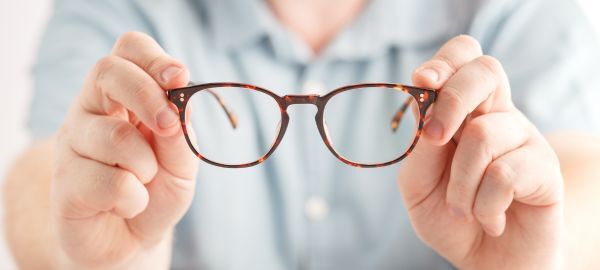
How to Adjust Glasses
Not only is it uncomfortable when your glasses don’t fit, but it also affects your quality of vision.
View more
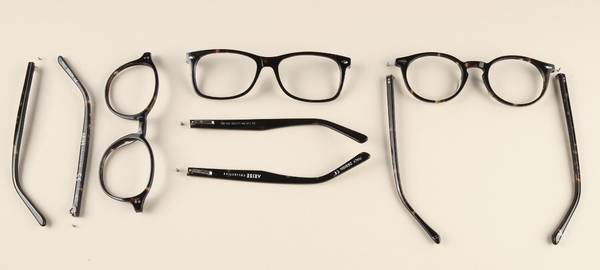
Parts of Glasses: All You Need to Know
How many of the 11 different parts that makeup glasses can you name? By the end of this article, you'll...
View more











































